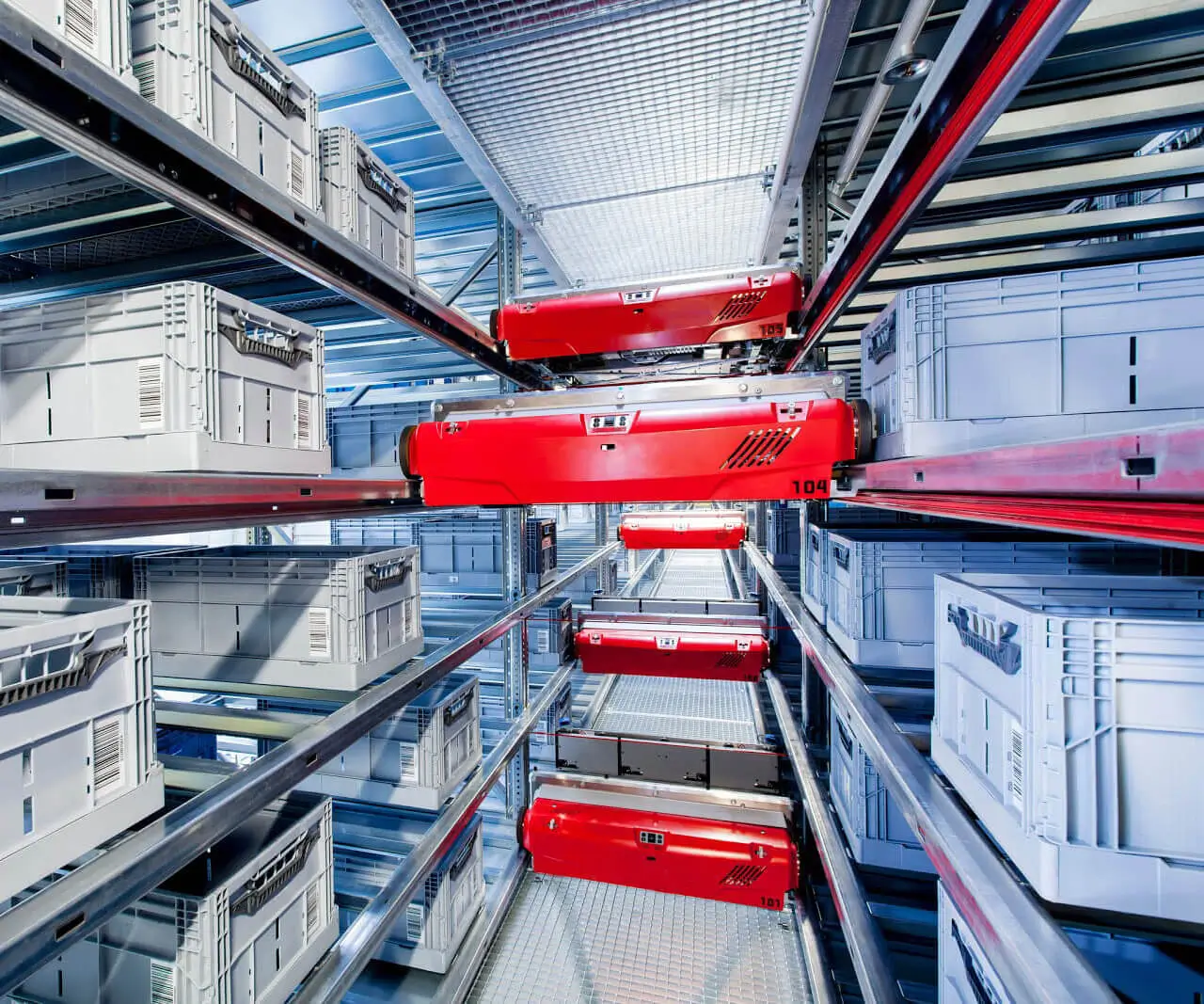In today's rapidly evolving tech landscape, microservices architecture is making waves. But why? The idea behind microservices isn't new, but its impact on businesses is undeniable. If you’ve been exploring how to scale applications or make your systems more efficient, chances are you’ve stumbled across this term. Let's break it down and explore how microservices can work for you, especially when it comes to creating solutions that are both scalable and reliable.

Imagine your application is like a big machine. Every time something goes wrong, fixing it means taking apart the whole thing. With microservices, instead of one large monolithic block, your app is split into small, manageable components—think of them like gears in a machine, each working independently but together in harmony. This division makes managing and scaling much easier.
A key benefit here is flexibility. By using a microservices architecture, different teams can work on different parts of the system simultaneously without stepping on each other’s toes. Want to update one feature? No problem. The rest of the system isn’t affected. Want to scale up one part of your app? You can do it without worrying about the rest. This is particularly useful when you’re dealing with high-demand services, where certain parts of your application need more attention than others.
But, the beauty of microservices goes beyond just flexibility. It’s about adaptability. With the cloud-native approach becoming more and more popular, businesses are shifting towards systems that can respond faster, scale up or down seamlessly, and keep the user experience smooth even during peak traffic times. A microservices architecture gives your business this ability to pivot, grow, and adjust as needed.
Take for instance a typical online retail service. Your checkout process might need more computing power around the holiday season, while your product search function might be heavily used year-round. With microservices, you can scale those parts of the app individually, without bringing down the entire platform. This makes operations smoother, and the customer experience stays top-notch.
So how does all this come together in a microservices solution architecture diagram? At a glance, the diagram maps out how each service interacts with others. It's a clear visual representation of the components that make up the entire system, and how they communicate with each other. It doesn’t just highlight the services themselves, but how they’re connected, whether through APIs, message queues, or other integration points.
When you're looking at microservices from a solution architecture perspective, you need to keep in mind that the goal is to break down complexity into simpler, manageable units. This way, when things go wrong (and they will, eventually), the problem is localized. A single service failure doesn’t take down the whole system. You’re not left scrambling to find the issue in a massive block of code.
And here’s the kicker: the cost savings are often enormous. By only paying for the resources you need for each microservice, rather than a large monolithic app, you’re cutting down on inefficiencies. Plus, the ability to deploy and manage services independently means your teams can move faster. If you're not already considering microservices for your business, this might be the right time to take the plunge.
In conclusion, microservices isn’t just a buzzword. It’s a game-changer for businesses looking to stay ahead in a world where speed, flexibility, and scalability are paramount. Whether you’re building a new app or scaling an existing one, microservices offer the kind of efficiency that traditional architectures simply can’t match. And the best part? It’s all laid out for you in that simple, yet powerful, microservices solution architecture diagram.
Established in 2005, Kpower has been dedicated to a professional compact motion unit manufacturer, headquartered in Dongguan, Guangdong Province, China. Leveraging innovations in modular drive technology, Kpower integrates high-performance motors, precision reducers, and multi-protocol control systems to provide efficient and customized smart drive system solutions. Kpower has delivered professional drive system solutions to over 500 enterprise clients globally with products covering various fields such as Smart Home Systems, Automatic Electronics, Robotics, Precision Agriculture, Drones, and Industrial Automation.




































